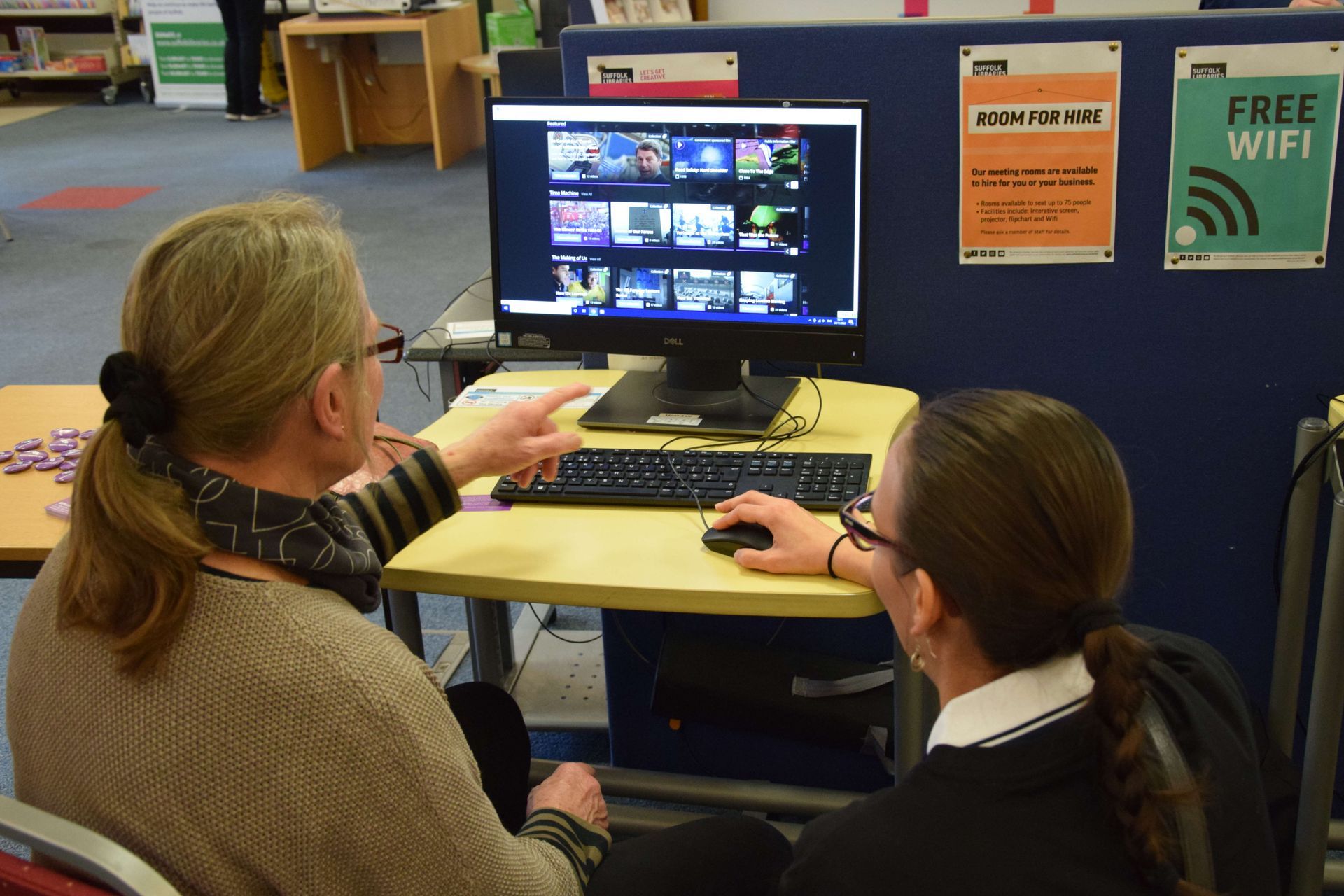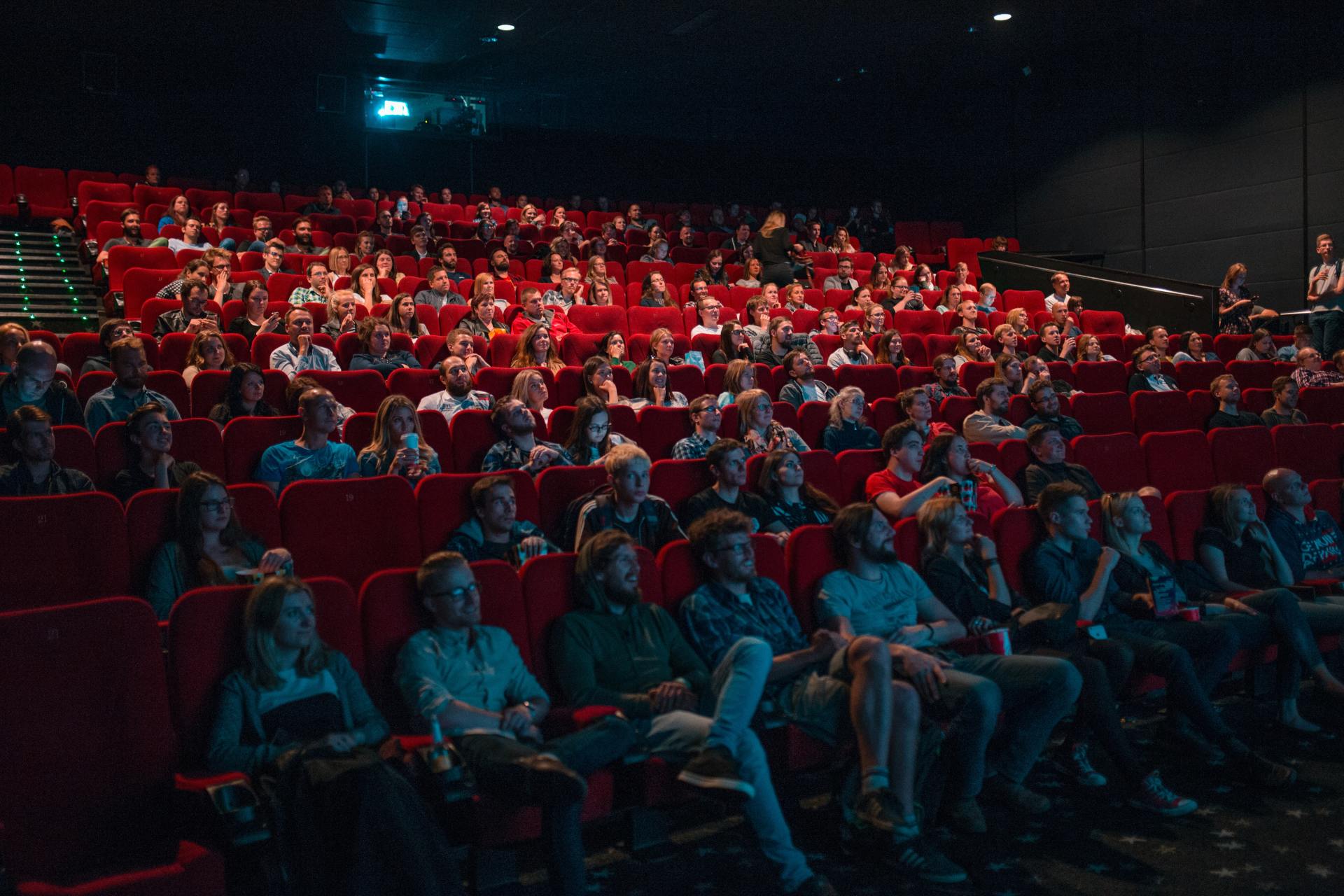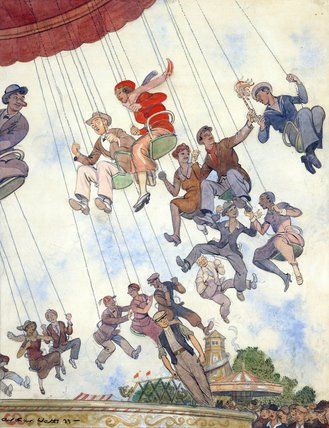Collections Online 2.0 at Science Museum Group
Background
The Science Museum Group (SMG) have presented an aggregated collections online offering from all their sites since the early 2000s.
However, while the scale of digitisation and the amount of information available online was impressive (368,688 object records online, 195,798 with an image), evaluation by SMG had revealed that engagement with the content could sometimes be restricted.
Four issues were identified:
- Due to the nature of how ‘groups’ and ‘multi-part objects’ were catalogued in back-end systems it was difficult for users to navigate between related objects.
- Media associated with an object was sometimes missing or associated with different record in the object hierarchy.
- A large-scale digitisation project at Blythe House resulted in large numbers of images of part records that could not be published without the further contextualisation of the object.
- Issues with how media and object records were extracted from backend systems and aggregated in the CIIM middleware could be improved to create internal efficiencies as well as better experience for end users.
It was decided by SMG to wrap up these improvements into a new programme of work -Collections Online 2.0 - to develop and improve the offering for users of their collection search site and make the overall data management ecosystem more resilient and agile.
The work
Alex Bromley Consulting was engaged in two phases to conduct firstly a discovery phase, and then an implementation phase. The following summary outlines the nature and scope of works to achieve the desired business benefits:
- Phase 1: Discovery Phase
- Review of existing cataloguing rules, CIIM extraction routine and Snap Logic pipeline documentations.
- Interviews with stakeholders to explore requirements, issues and risks.
- Interviews and survey carried out with peer museums to share knowledge and potential solutions.
- Workshop new ‘data model’ for groups and multi-part objects with curators, collections managers and digital team.
- Report including costed recommendations under three headings:
- ‘Closing the image gap’ – getting more images online.
- Exploration and Visualisation – displaying groups and multi-part objects.
- Search and Discovery – data cleaning recommendations to improve resource discovery.
- Phase 2: Implementation Phase
- Creation of project plan including 12-month timeline
- Refining ‘data model’ recommendations and gaining approval from senior stakeholders.
- Chairing project team meetings, tracking progress, issues and monthly reporting to One Collection Board
- Project manage upgrade to iBase DAMS.
- Project manage upgrade to Knowledge Integration’s CIIM middleware.
- Creation of data cleaning plan for post-project implementation
Outcomes
The Collections Online 2.0 project will provide the Science Museum Group with the tools, processes and data to better display and interpret their collections online.
New web pages for ‘groups’ and ‘multi-part’ objects now enable users to explore the inter-relationships between museum objects and their constituent parts, and the number of associated media available has increased.
Further data cleaning in the collections management system Mimsy XG, as well as the DAMS, will improve users’ experience as these flow through the automated extraction routines.
In summary, the following business benefits were achieved through the lifetime of the two phases:
- Improvements to the image ingest pipeline – a SnapLogic solution which integrated the collections management system (Mimsy XG) and DAMS (iBase)
- A new ‘data model’ for groups and multi-part objects, as well as a data cleaning plan to implement these changes.
- Improvements to the way the CIIM middleware extracted data from the DAMS and collections management system, enabling:
- More data to be displayed online.
- More accurate rights data for internal and external audiences.
- Intelligent display of multi-part and groups of objects, according to a set of pre-defined rules.
- Design and development of new ‘group’ and ‘multi-part object’ web pages integrated with improved back-end systems.



